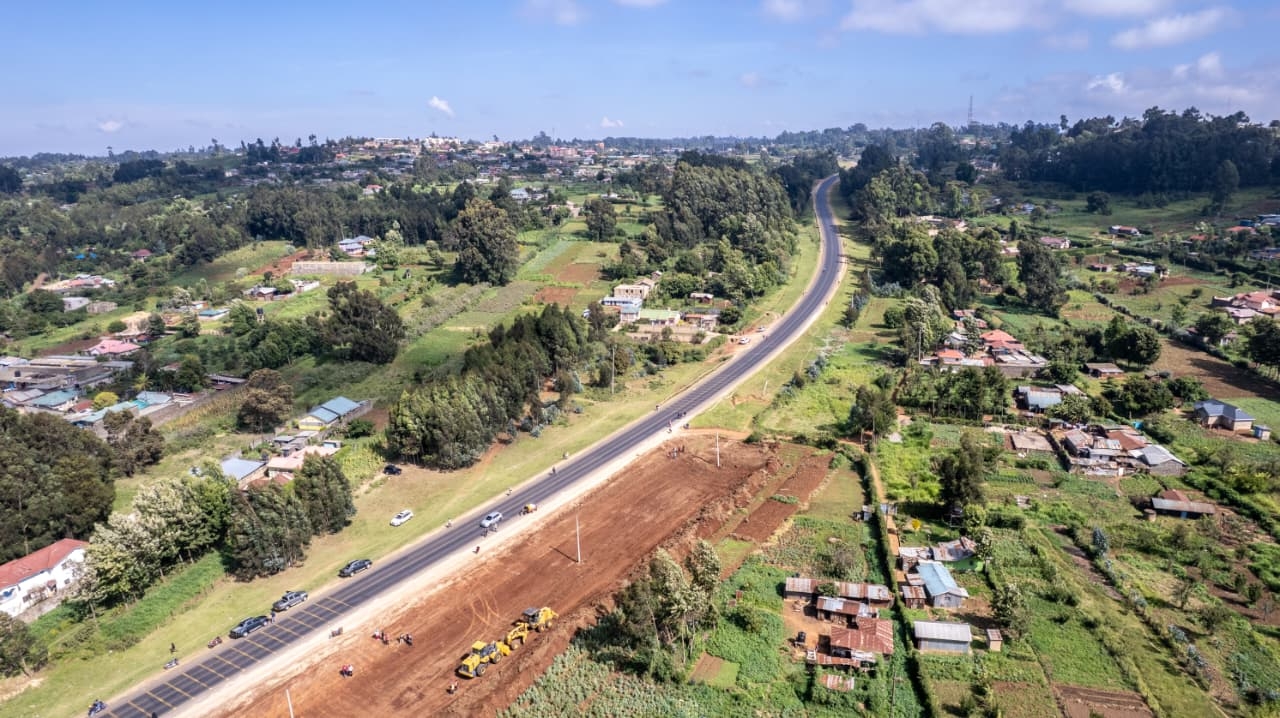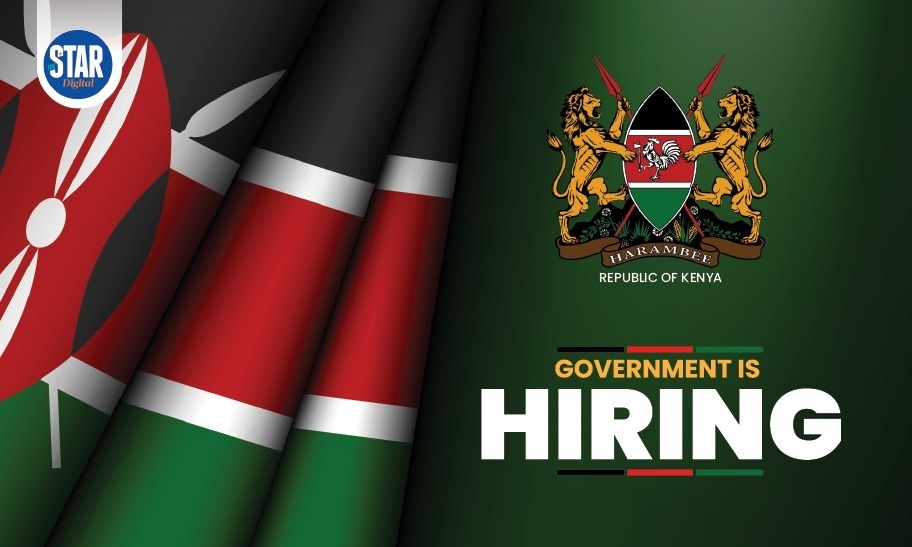The ban on Muguka by Mombasa and Kilifi counties has elicited massive reactions among Kenyans with a section of farmers from Embu county staging demos in protest of the decision.
The ban affects the entry, transportation, distribution and sale of the commodity.
But what has left many confused is whether muguka is the same as miraa or whether there is a difference between the two.
The difference
Kenya Agricultural and Livestock Research Organization describes muguka as a variety of khat/miraa known as Catha edulis in botanical terms.
"The differences between muguka and khat or miraa is in the levels of Cathines and Cathinones (the chemicals that cause a feel-good effect) on the users," KALRO states.
The difference between the two first emerges from how they are harvested and chewed.
When it comes to harvesting, the miraa farmers pluck the shoot (stem) while their muguka farmers pluck the leaves.
Miraa users chew the shoot while muguka consumers chew the leaves.
Muguka street values cost at least Sh.50 while Miraa oscillates around Sh150 to Sh200.
Miraa is predominantly grown in Igembe North, South and Central and Tigania which is in Meru County.
Muguka, on the other hand, is mainly grown in Mbeere North and Mbeere South in Embu County.
Miraa is harvested after 28 days while Muguka is harvested after 7 days.
This is majorly to say the plant producing the two variants is the same but the difference comes in at the time of harvest.
The potency of chemicals found in what is chewed is higher in leaves than in the shoot (stem).
Both miraa and muguka have cathine and cathinone but the potency is high in the leaves which is the muguka.
These two substances are classified as central nervous system stimulants or psychostimulants.
This means they cause changes in mood, awareness, thoughts, feelings and behaviour.
Other known side effects include anxiety, depression, high blood pressure, manic behaviour, paranoia, and psychosis. Trouble sleeping, loss of energy, and lack of concentration usually follow after the use of khat.
Severe side effects include migraine, bleeding in the brain heart attack, changes to blood vessels, lung problems, liver damage, and changes in sex drive and sexual performance.
Cathinone also increases energy, alertness and euphoria. When a person chews the leaves of khat he/she becomes hyped.
This class of drugs are said to improve activities in the brain. Cathinone has high potency (higher chances of abuse) compared to cathine.
According to a NACADA study in October 2013, the reasons given by the study population for chewing khat were to reduce sleep, pass time, kill boredom, socialize, reduce stress and increase energy to work for long hours.
In a protocol released in 2020 at the International Day against Drug Abuse and Illicit Trafficking on June 26, Kenya’s Health ministry confirmed khat as a psychoactive drug.
In the new National Protocol for Treatment of Substance Use Disorders in Kenya 2017, the ministry classifies miraa alongside cocaine, ecstasy and amphetamines.
The distinction between these two varieties has led to economic and social implications in their respective growing regions.
Miraa has been a significant source of income in Meru, with a well-established market both domestically and for export, particularly to Somalia and other neighbouring countries.
Conversely, muguka has provided an alternative livelihood in Embu that are less traditional in khat farming. It has traditionally been an important cash crop for the local farmers.











![[PHOTOS] Ruto present as NIS boss Noordin Haji's son weds](/_next/image?url=https%3A%2F%2Fcdn.radioafrica.digital%2Fimage%2F2025%2F11%2Ff8833a6a-7b6b-4e15-b378-8624f16917f0.jpg&w=3840&q=100)

